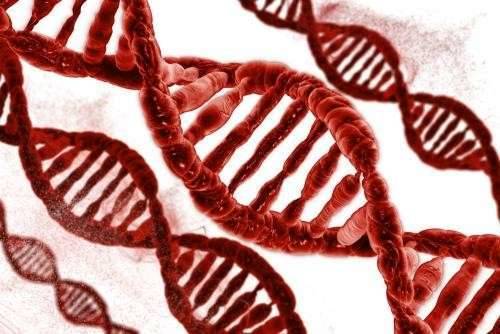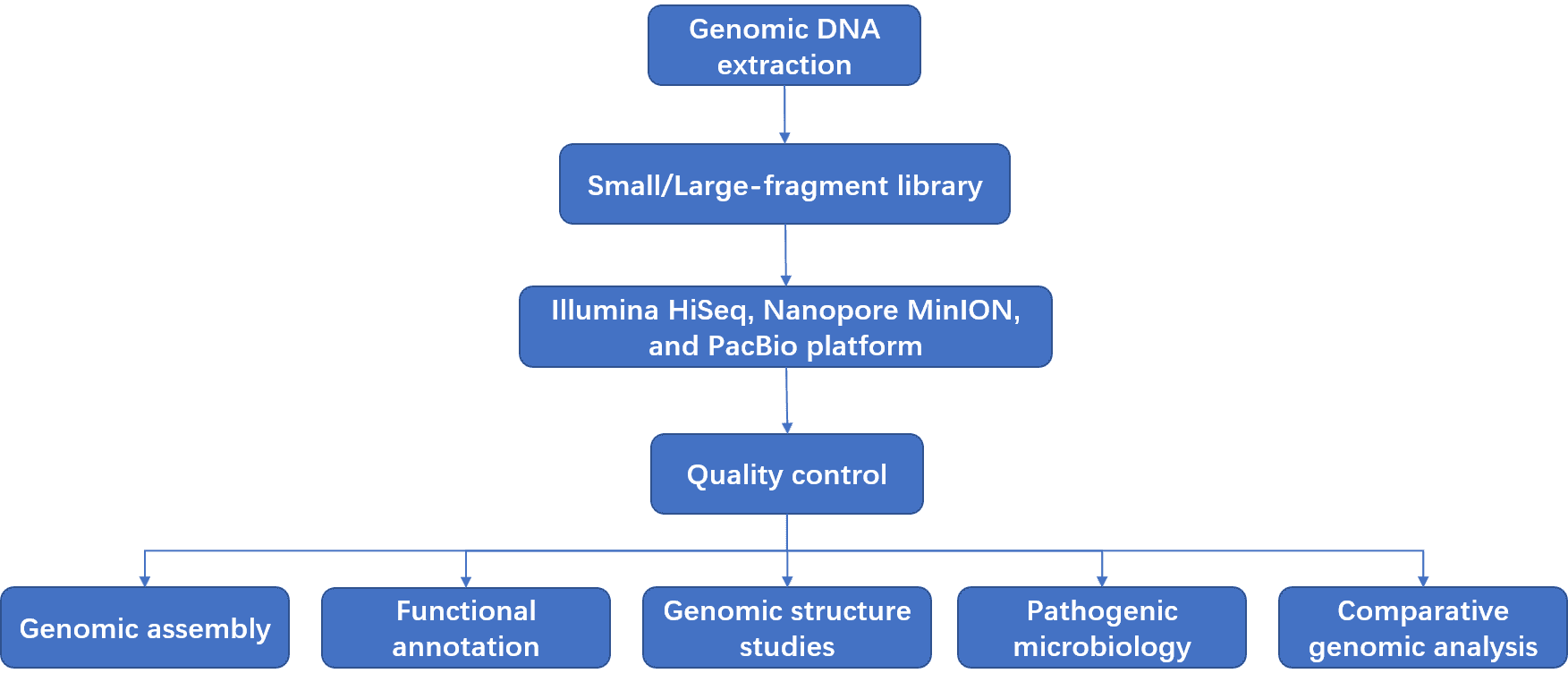Bacterial Whole Genome Sequencing
Service Overview
Bacterial whole genome sequencing can be divided into bacterial genome de novo sequencing and bacterial genome resequencing, which is a method to obtain the complete genome sequence of bacteria. We can provide bacterial whole genome sequencing and bioinformatics analysis services to help you explore the genetic structure and functions, evolutionary relationships of microbial populations, and the unique biological characteristics of the strain.
Our Advantages:
- Standardized laboratory and advanced high-throughput sequencing technology platforms.
- The cloud -based platform for bioinformatics analysis.
- Extensive experience in handling various samples.
- Keep up with the frontiers of microbial genomics and bioinformatics analysis.

Tell Us About Your Project
We are dedicated to providing outstanding customer service and being reachable at all times.
 Request a Quote
Request a Quote
Introduction to our bacterial whole genome sequencing platform

We provide next-generation sequencing and long-read sequencing technologies to sequence bacterial whole genome, utilizing the advanced Illumina HiSeq, Nanopore MinION, and PacBio SMRT platforms to produce high-quality sequencing data quickly and efficiently. For next-generation sequencing (NGS), the workflow of bacterial genome de novo sequencing includes four steps: (1) the chromosomal DNA is randomly interrupted; (2) selecting different lengths of sequences to construct a library; (3) large-scale sequencing and genomic assembly; (4) fill in the gap. The final assembly level is measured by the assembly indicators. Bacterial whole genome resequencing is performed based on the high-throughput sequencing data of small fragment libraries and reference-based alignment. For long-read sequencing, long-read libraries can easily cross repetitive and GC-rich segments for accurate detection of chromosome structural variations and fusion genes.

Using bacterial whole genome sequencing, a large number of single nucleotide polymorphisms (SNPs), insertions and deletions (InDels), and structural variations (SVs) can be discovered or identified. Bacterial whole genome sequencing can also be used to identify the unique biological characteristics (pathogenic mechanism, symbiotic mechanism, metabolic mechanism) of the strains and molecular strain typing. Bacterial whole genome sequencing is becoming more relevant to the medical sector, with applications such as diagnostics, epidemiology, risk management, and patient care.
Bacterial whole genome sequencing workflow

Bioinformatics Analysis
Our bioinformatics analysis includes genomic assembly, genomic structure studies, functional annotation, pathogenic microbiology, and comparative genomic analysis.
| Genomic Assembly |
Genomic assembly and outcome evaluation |
| Coding/noncoding gene prediction |
| Repetitive sequence analysis |
| Genomic Structure Analysis |
Genomic island prediction |
| Prophage prediction |
| Detection of CRISPRs |
| LncRNA prediction |
| Functional Annotation |
NR, GO, COG, KEGG, SwissProt, Pfam, TCDB, SignalP, CAZy |
| Pathogenic Microbiology |
Drug resistance gene database (ARDB) |
| Virulence factor database (VFDB) |
| The comprehensive antibiotic resistance database (CARD) |
| Comparative Genomic Analysis |
Synteny analysis |
| Analysis of gene family evolution |
| Phylogenetic analysis |
| ANI analysis |
Sample Requirement
-

- 1.8 < OD260/280 < 2.0, no degradation or contamination.
- Illumina platform: DNA/cDNA amount ≥ 2 μg, concentration ≥ 20 ng/μL.
- PacBio platform: DNA amount ≥ 5 μg, concentration ≥ 80 ng/μL.
Sampling kits: We provide a complete range of microbial sampling kits for clients, including microbial collection products, DNA/RNA isolation kits, and accessories for storage and mailing.
Deliverables: Raw sequencing data, assembled and annotated sequences, quality-control dashboard, and the bioinformatics report.
References
- Quainoo S, Coolen J P M, van Hijum S A F T, et al. Whole-genome sequencing of bacterial pathogens: the future of nosocomial outbreak analysis. Clinical microbiology reviews, 2017, 30(4): 1015-1063.
- Li R, Li Y, Fang X, et al. SNP detection for massively parallel whole-genome resequencing. Genome research, 2009, 19(6): 1124-1132.
- Quail M A, Smith M, Coupland P, et al. A tale of three next generation sequencing platforms: comparison of Ion Torrent, Pacific Biosciences and Illumina MiSeq sequencers. BMC genomics, 2012, 13(1): 341.
* For research purposes only, not intended for clinical diagnosis, treatment, or individual health assessments.







